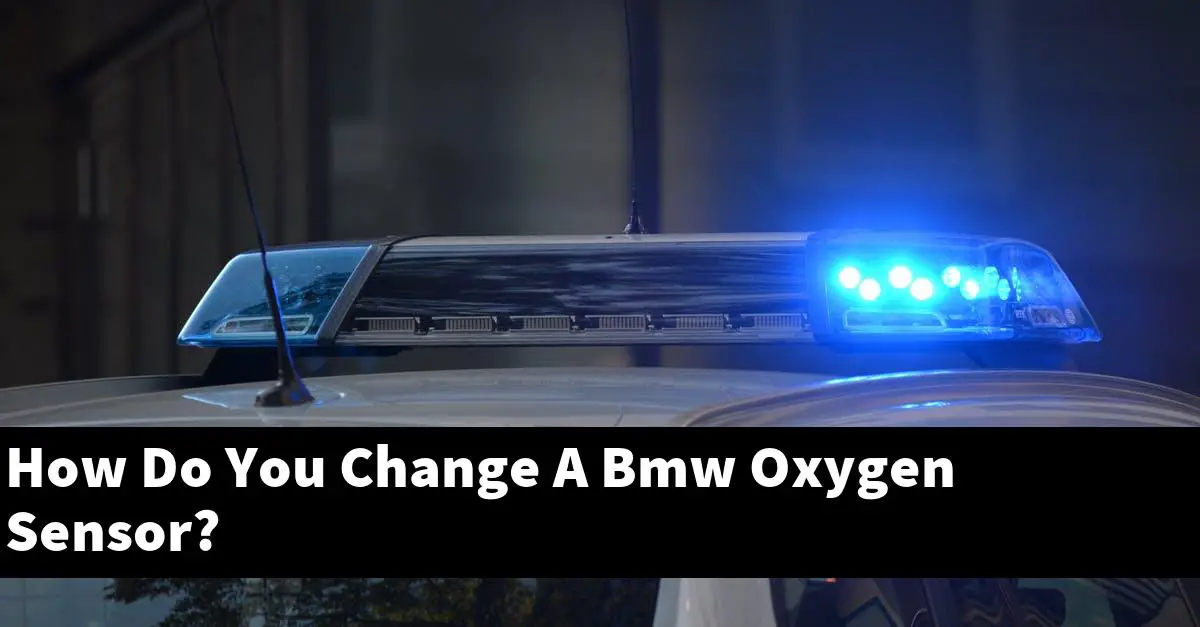What Engine Is In The BMW 230I?
The BMW 230i is a compact executive car produced by German automaker BMW. It was introduced in 2016 as the successor to the BMW 2 Series. The 230i is powered by a 2.0-liter turbocharged inline-four engine, which produces 248 horsepower and 258 lb-ft of torque. It is paired with an eight-speed automatic transmission and rear-wheel … Read more










